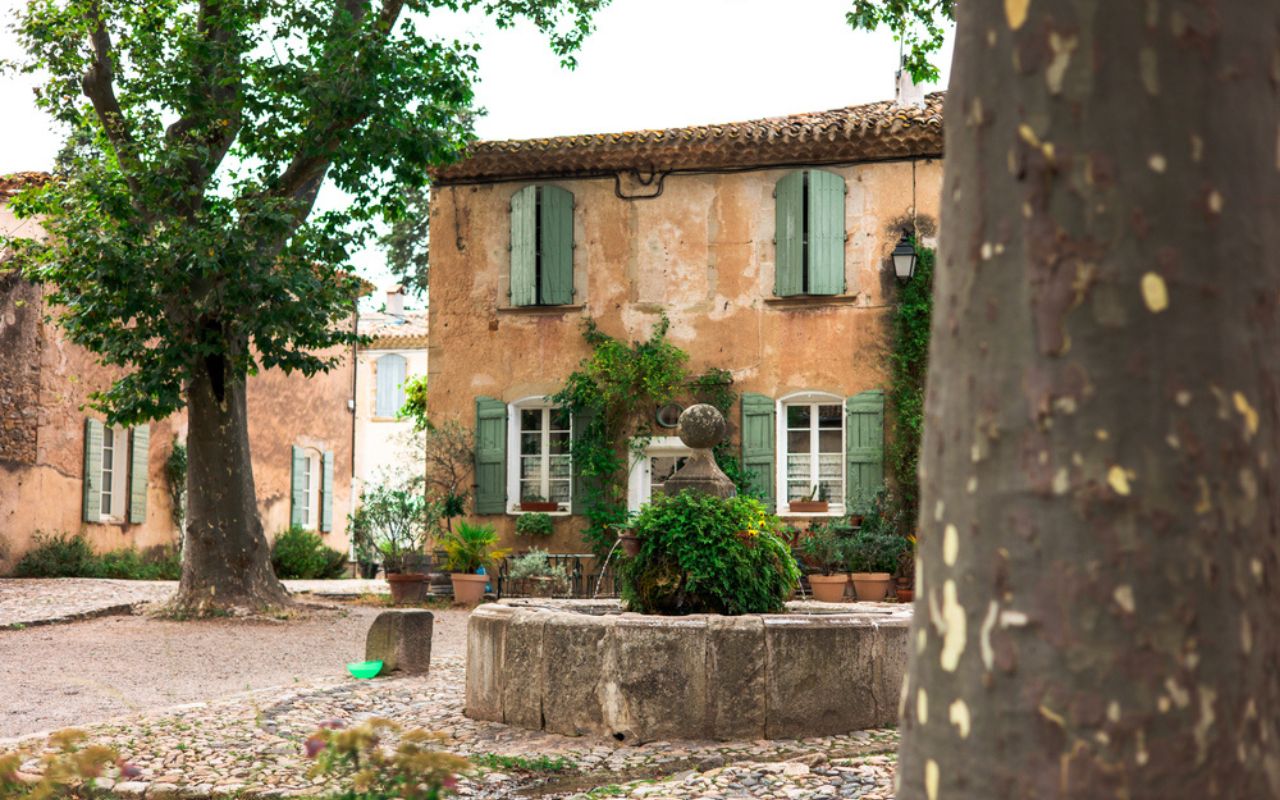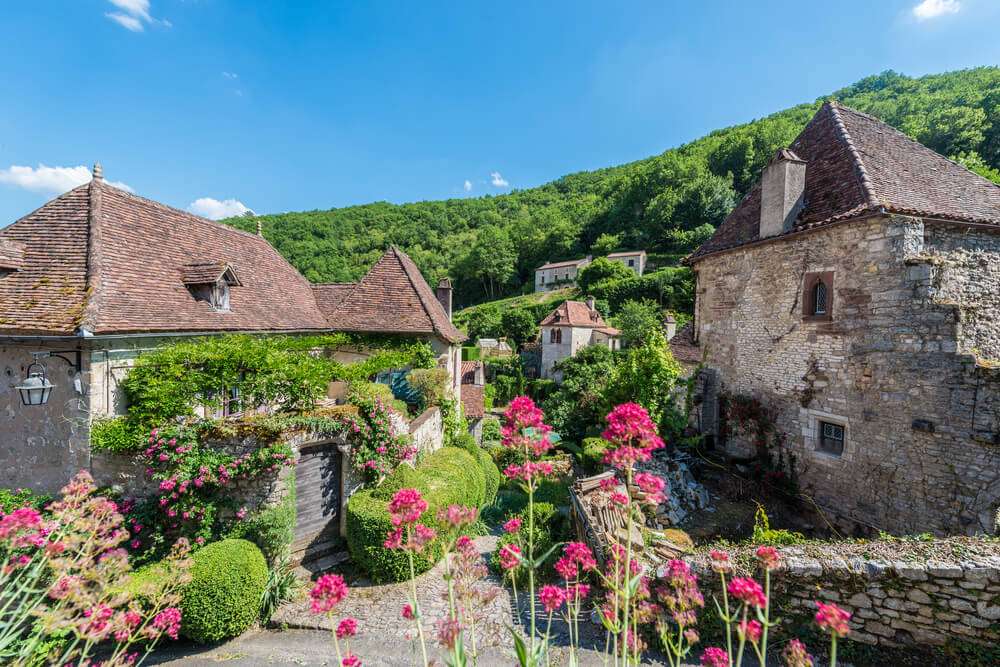The most beautiful villages to discover in Occitanie

Occitanie is a region stretching from the Massif Central to the Pyrenees, by way of the Mediterranean. It offers a diversity of landscapes, climates, traditions and gastronomy, making it a destination of choice for lovers of nature, history and culture. Among its many assets, Occitanie boasts a number of charming villages that have managed to preserve their authenticity and richness. These villages have often been awarded the “Plus Beaux Villages de France”, “Villes et Pays d’Art et d’Histoire” or “Petites Cités de Caractère” labels, which testify to their interest and quality. In this article, we invite you to discover 10 of these villages, which will take you on a journey through time and space.
1. Saint-Cirq-Lapopie, in the Lot department
Saint-Cirq-Lapopie is a village perched on a cliff overlooking the Lot valley. It is considered one of the most beautiful villages in France, and was voted “Favourite Village of the French” in 2012. The village has retained its medieval appearance, with half-timbered houses, cobbled streets, fortified gates and Romanesque churches. It has also attracted many artists, including André Breton, who stayed and wrote here. The village offers breathtaking views of the River Lot and the surrounding cliffs. You can visit the Rignault museum, which exhibits works of modern art, the Heritage museum, which traces the history of the village and its trades, and the Maison de la Fourdonne, which houses a woodturner’s workshop.
2. Rocamadour, in the Lot department
Rocamadour is a village perched on the wall of a canyon overlooking the River Alzou. It is known as a major pilgrimage site, attracting millions of visitors every year. The village has three levels: the medieval town, with its houses and ramparts; the sanctuary, with its seven chapels and famous Black Madonna; and the castle, with its keep and panoramic view. The village is also renowned for its gastronomy, with goat’s cheese, foie gras, walnut cake and Cahors wine. You can also visit the Musée d’Art Sacré (Sacred Art Museum), which displays objects linked to the Marian cult, the Musée de l’Automate (Automaton Museum), which exhibits over 200 automata and animated scenes, and the Grotte des Merveilles (Cave of Wonders), which contains cave paintings.
3. Cordes-sur-Ciel, in the Tarn department
Cordes-sur-Ciel is a village perched on a hill, seemingly floating in the clouds. It was founded in the 13th century by the Count of Toulouse, and was a hotbed of Catharism. The village has retained its medieval appearance, with Gothic houses, steep streets, fortified gates and churches. It has also been an artistic centre, welcoming painters, sculptors, writers and musicians. The village offers splendid views over the Cérou valley and the Gaillac vineyards. You can visit the Musée du Sucre et du Chocolat, which traces the history of these products and offers tastings, the Musée Charles Portal, which tells the story of the village’s history and heritage, and the Jardin des Paradis, which features exotic and Mediterranean plants.
4. Lagrasse, in the Aude department
Lagrasse is a village on the banks of the River Orbieu in the Corbières. It is listed as one of the most beautiful villages in France, and is one of the “Grands Sites d’Occitanie”. The village is famous for its Benedictine abbey, founded in the 8th century and home to a Romanesque church, Gothic cloister, library and refectory. The village has also retained its medieval charm, with its stone houses, bridges, arcades and market. The village is also a cultural centre, hosting music, literature and art festivals. You can visit the Musée 1900, which exhibits objects and costumes from the period, the Musée du Livre et des Arts, which displays works by contemporary artists, and the Maison du Patrimoine, which recounts the history and traditions of the village.
5. Minerve, in the Hérault
Minerve is a village perched on a rocky outcrop overlooking the Cesse and Brian gorges. It is listed as one of the most beautiful villages in France, and is one of the “Grands Sites d’Occitanie”. Famous for having been the scene of a bloody siege during the crusade against the Albigensians in 1210, the village has retained its fortified appearance, with ramparts, towers, gates and bridge. It has also preserved its natural heritage, with caves, dolmens, springs and natural bridges. The village is also a great place to sample its wines, olives, honey and goat’s cheese. You can visit the Musée Hurepel, which traces the history of Catharism and the siege of Minerve, the Musée des Dinosaures, which exhibits fossils and skeletons, and the Musée du Château, which displays collections of archaeology and folk art.
200 audioguided tours for cities all around the world
Download


